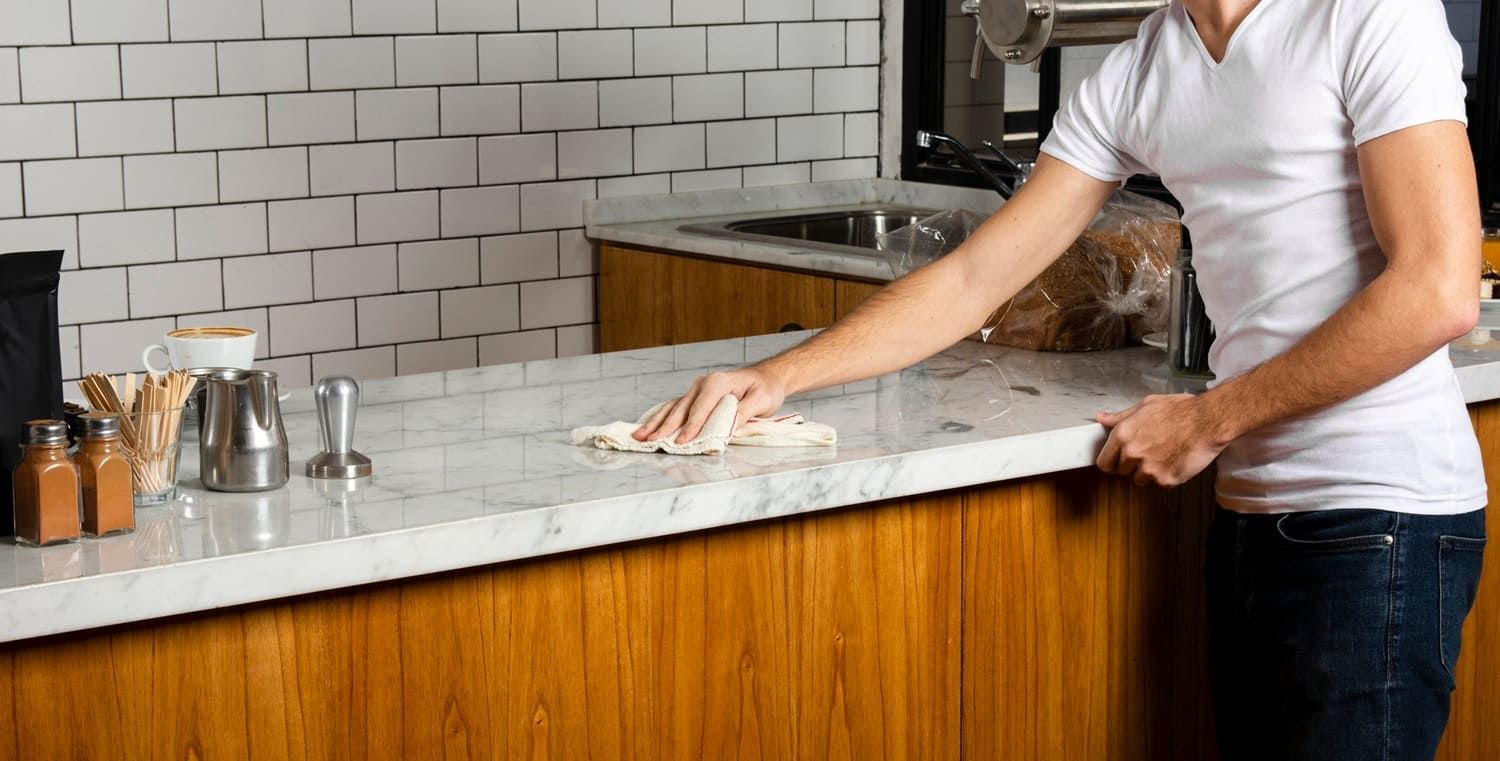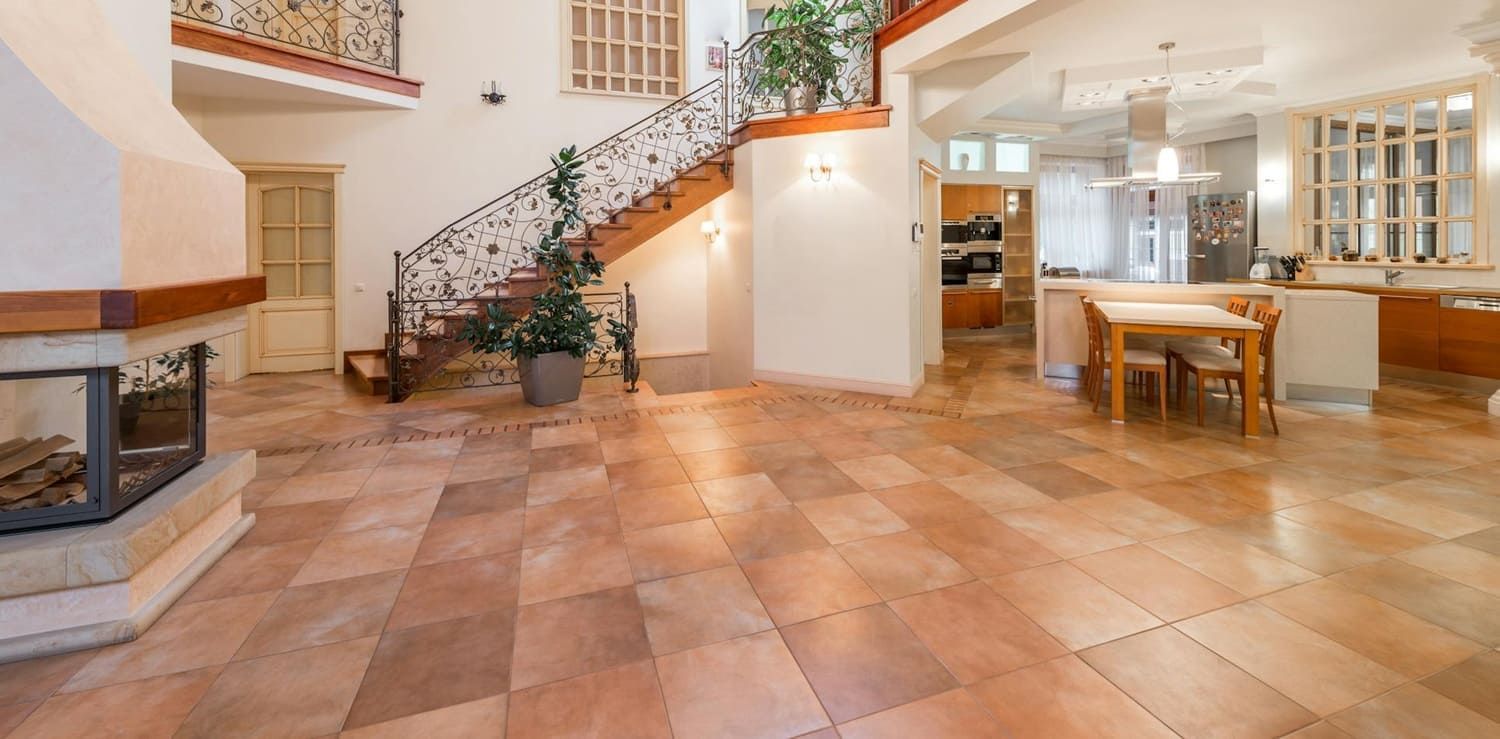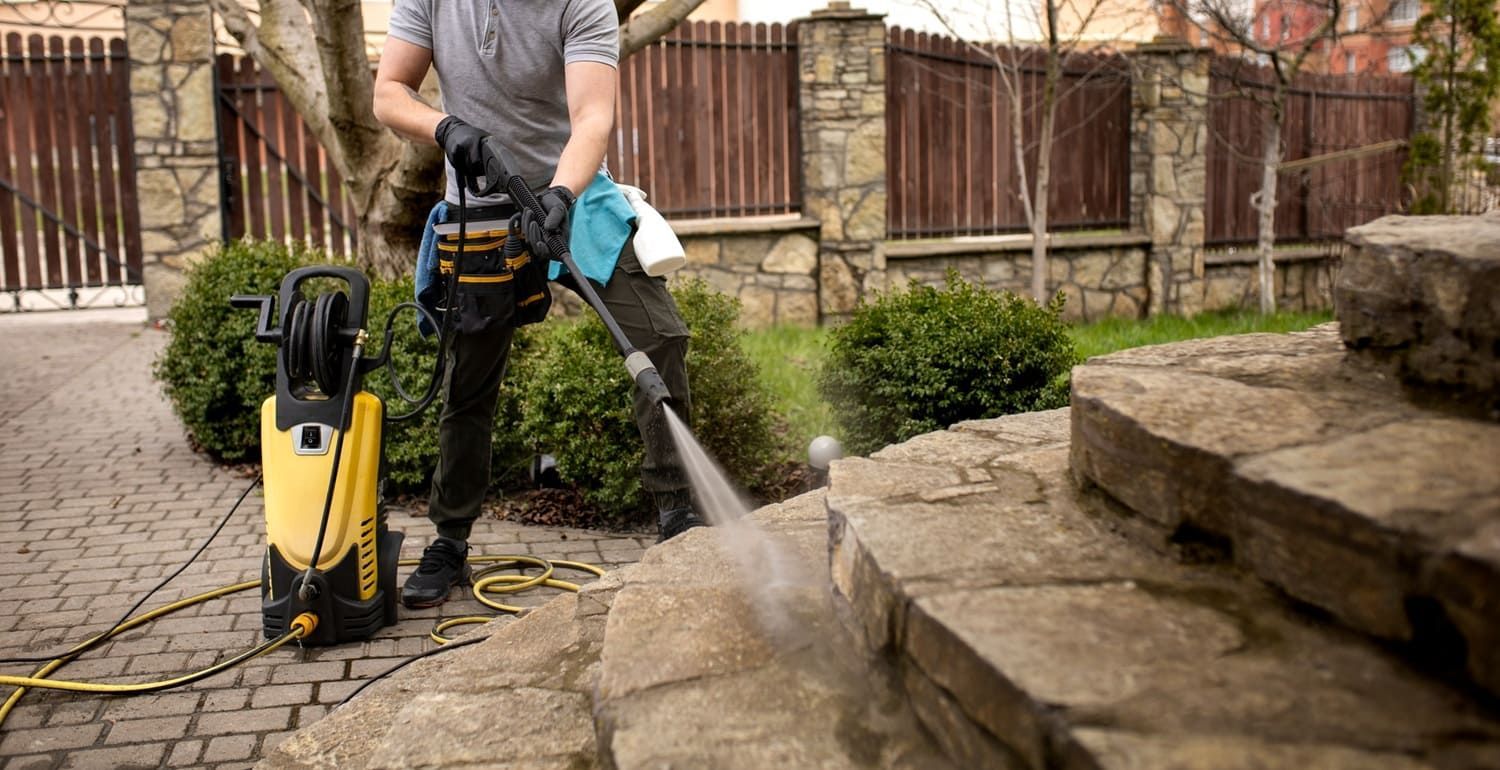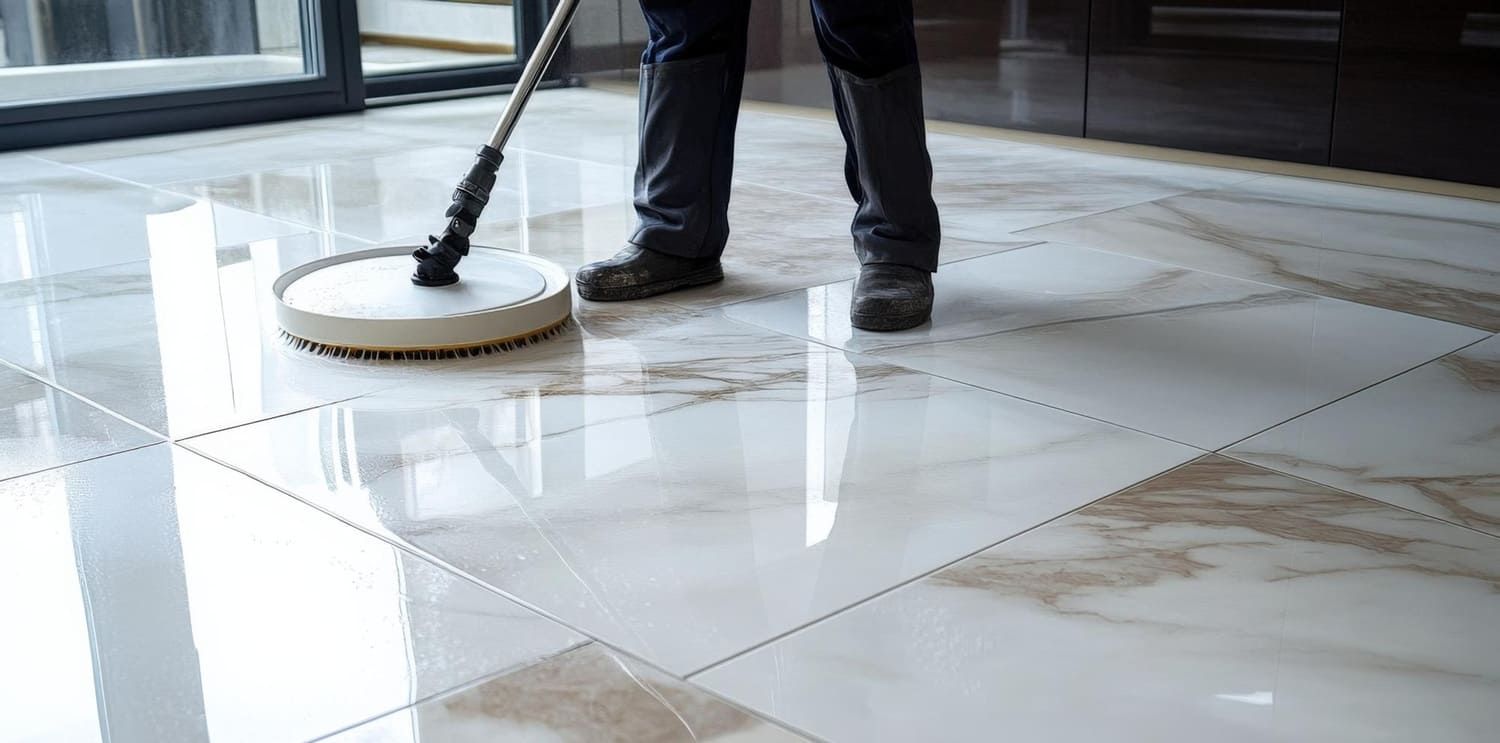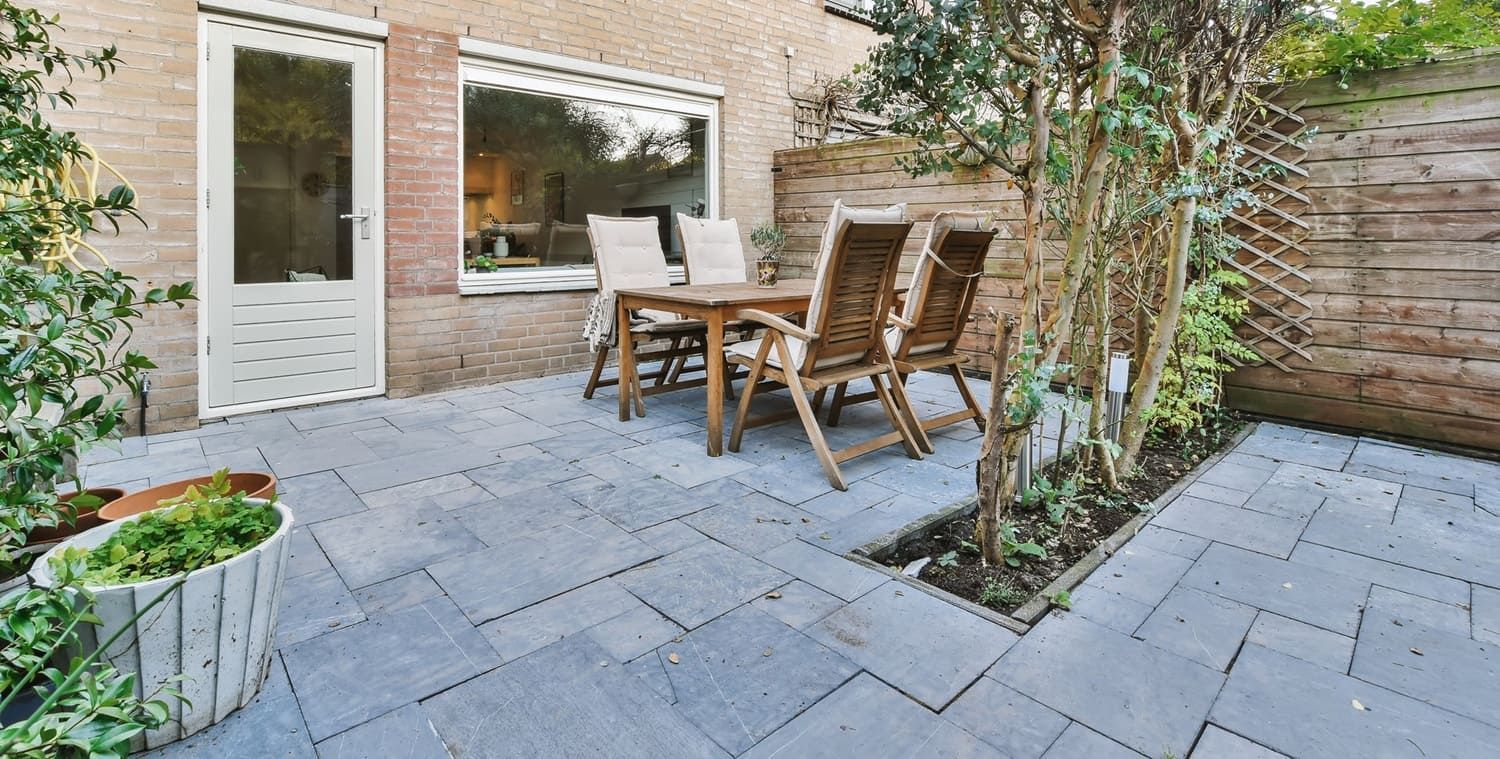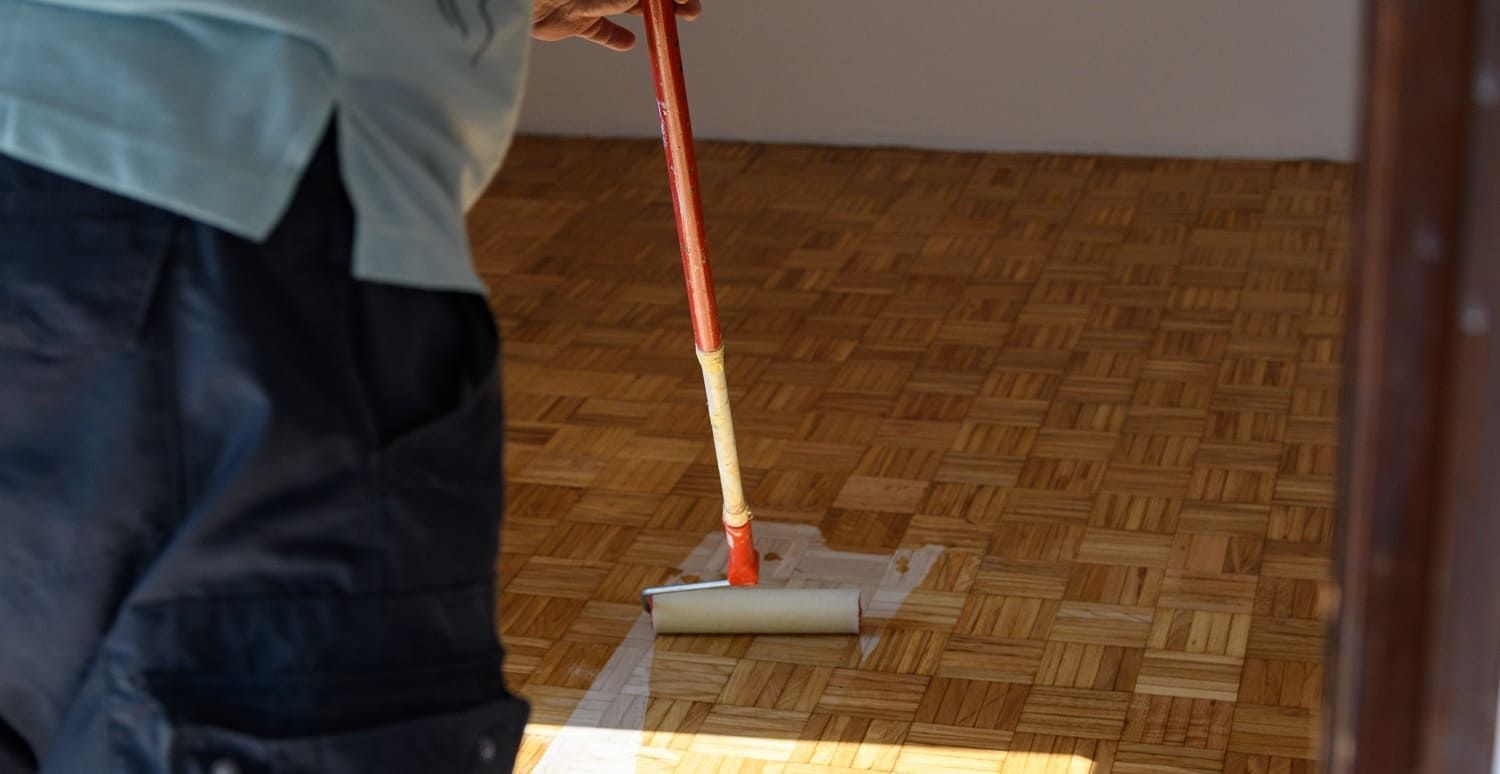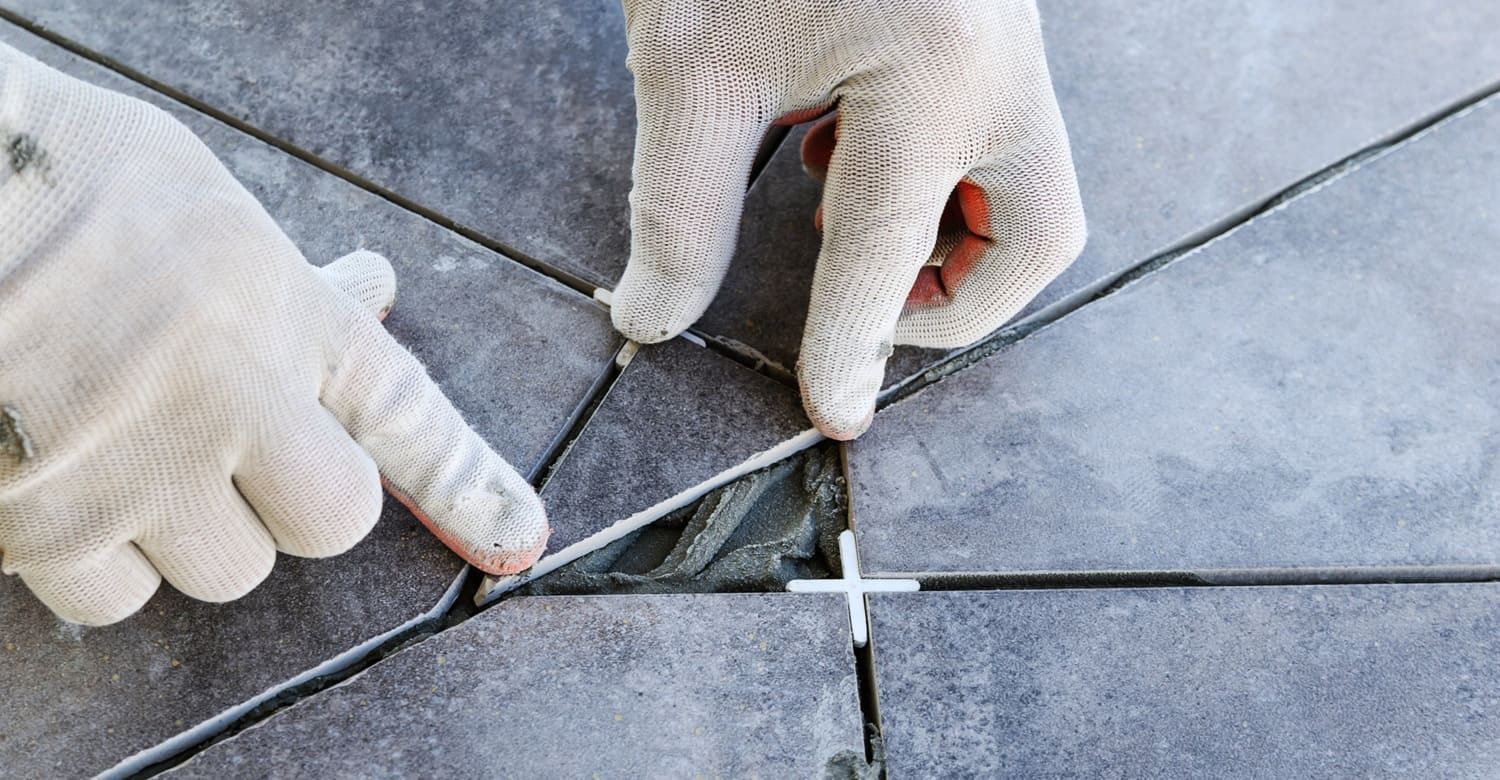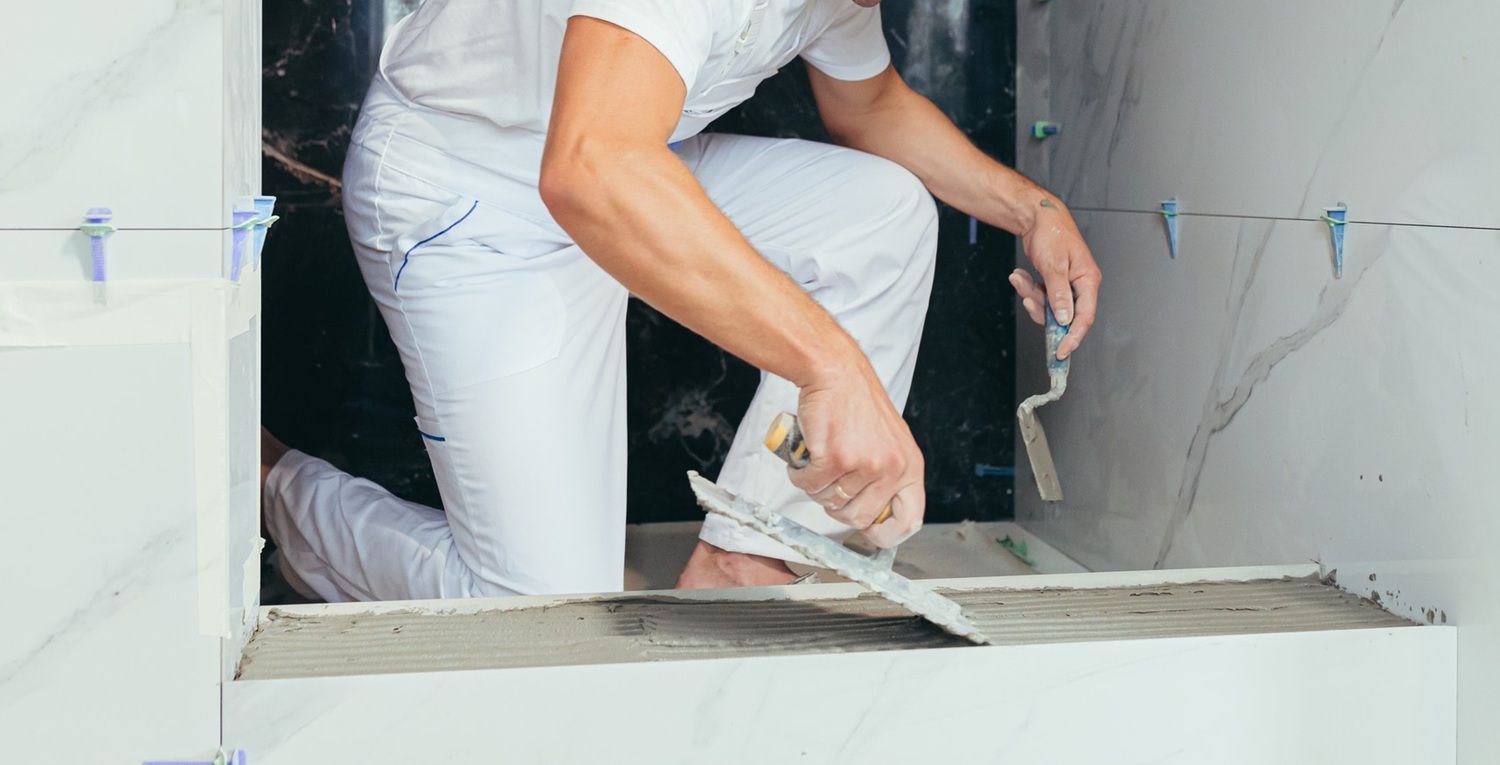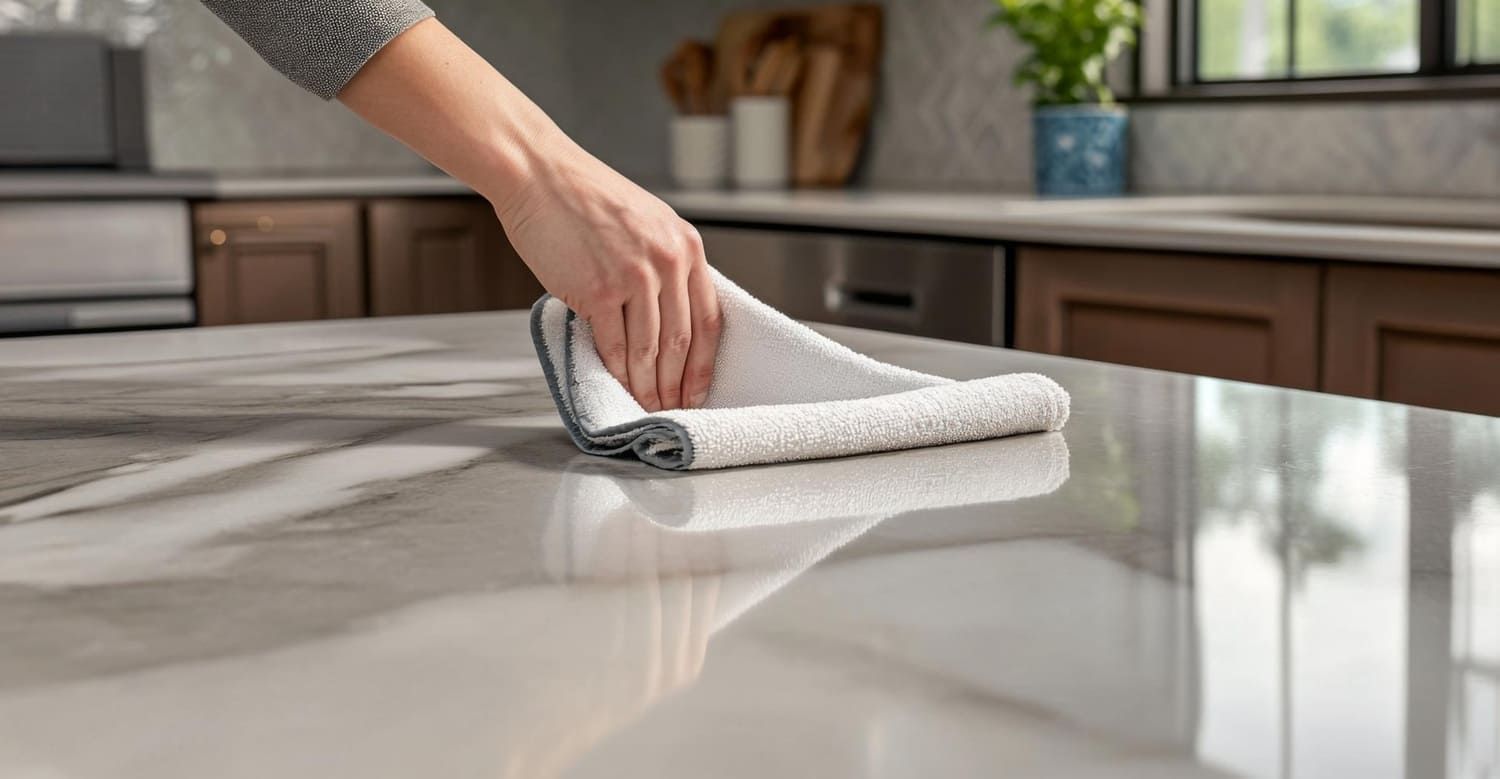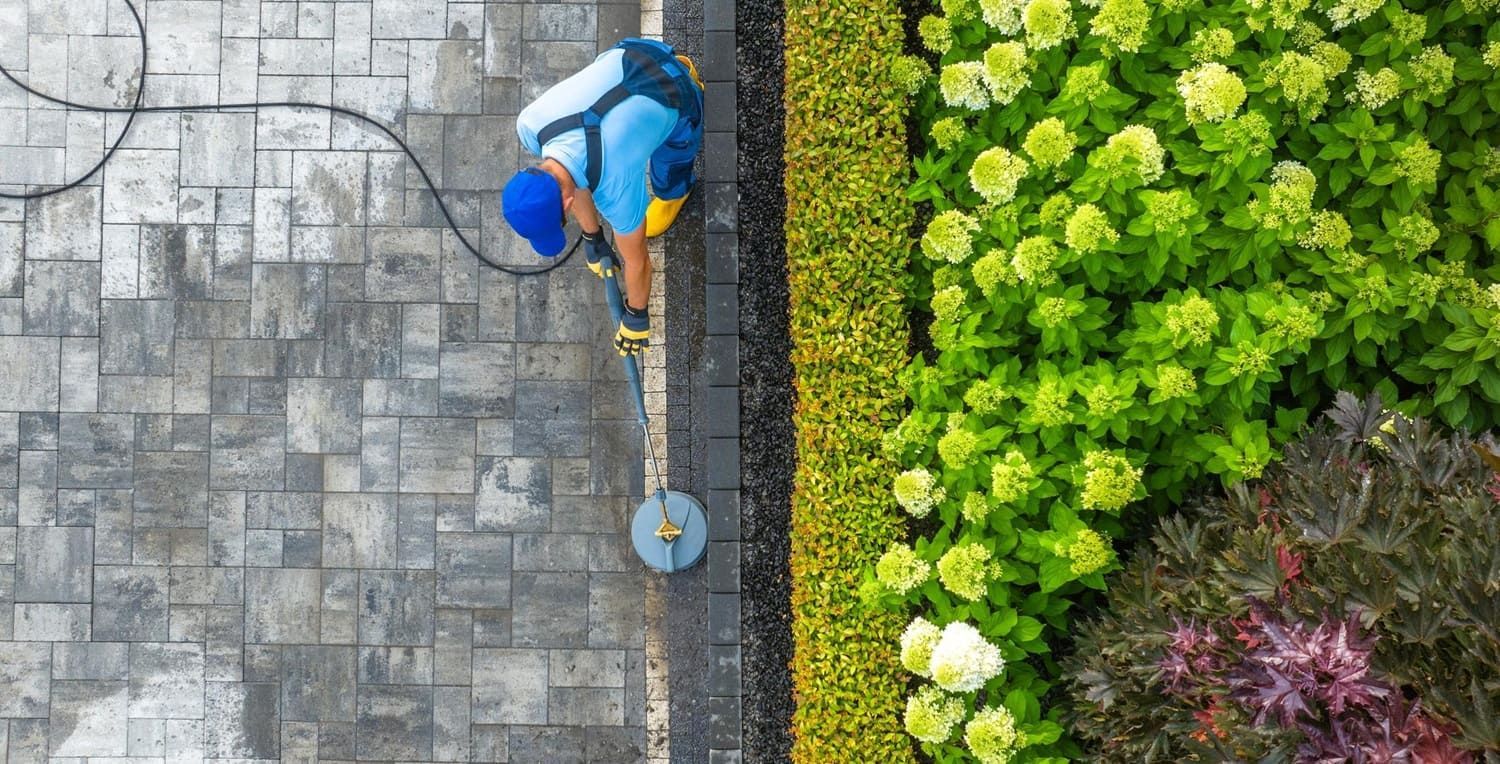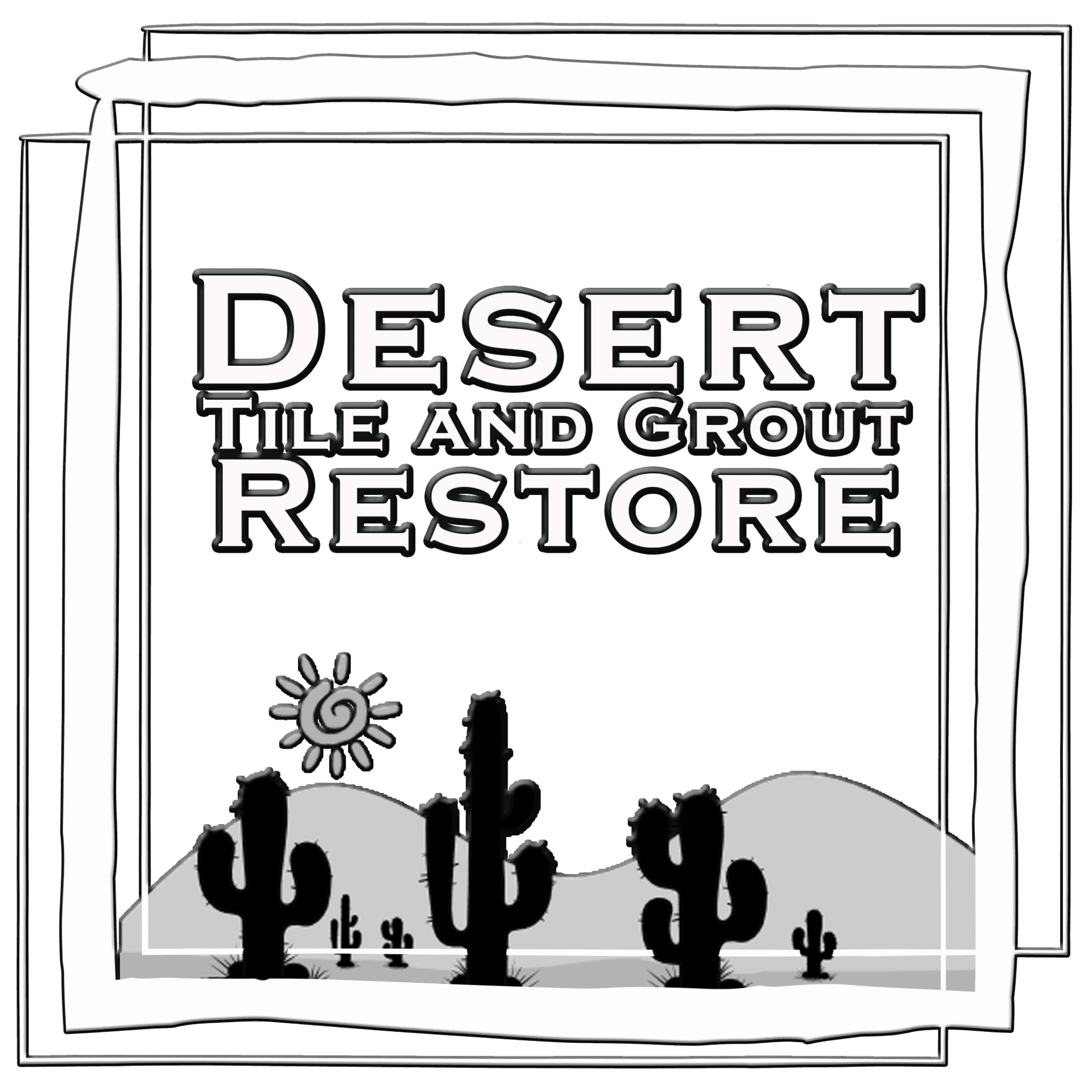ARIZONA'S BEST STONE, TILE, AND GROUT CLEANING SERVICES
5 Signs It's Time To Seal Your Concrete Floor
Desert Tile Blogger • May 21, 2019
Warped or leaky floors can be a major pain to repair, not to mention expensive. Here are 5 signs it's time to seal concrete floor surfaces before it's too late!
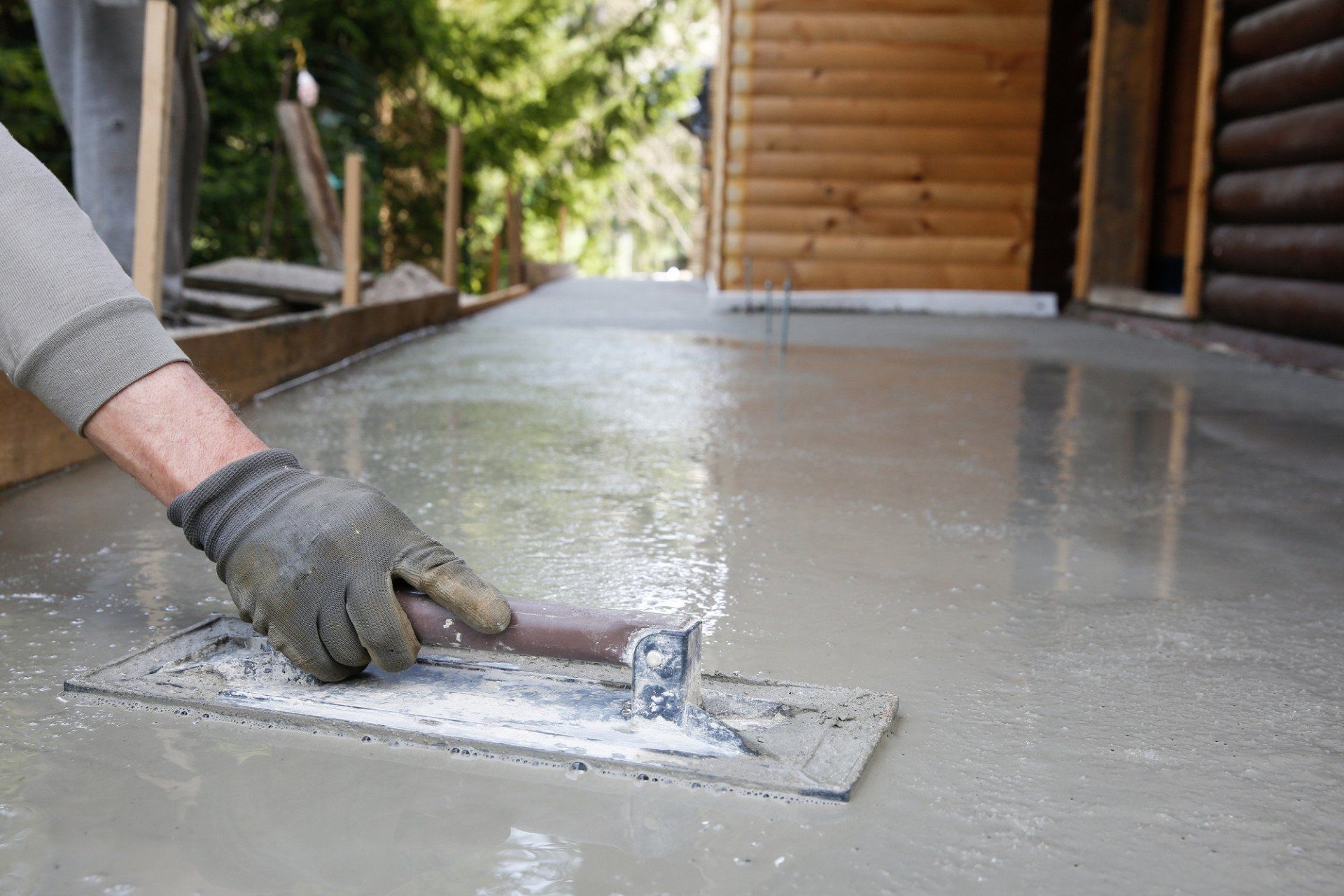
Flooring is a valuable and often overlooked part of the home. In fact, flooring sales have topped $20 billion in recent years.
But not everyone realizes the value sealing concrete floors can add. And people often don't recognize the need to seal concrete until it's too late.
We're here to help. We've mapped out when to seal concrete floors. And we've nailed down five signs that point out a need to seal concrete.
Why Seal Concrete Floor Surfaces?
Experts peg concrete floors
as a sleek, convenient choice for homeowners.
But floors can take a beating. That's because they're hit with constant pressure. And concrete floors are meant to take on heavy weight and last.
But weather, oil, and erosion can wear down a concrete floor.
Sealing concrete can help concrete floors last longer. Sealants can restore a floor's look and they can protect against harmful chemicals.
Sealing Concrete Options
People who plan to seal concrete floor surfaces should decide what they want to accomplish. There are several types of sealants that can solve different problems.
For instance, an acrylic, epoxy, and polyurethane concrete sealant seeps into pores and creates a glossy shine. Silane or siloxane sealants don't have the shine. But they help form a surface that shrugs off water, salts, and other chemicals.
With those basics in mind, here are some signs a concrete floor needs sealing:
1. There's Salt Residue
Especially in the winter, it's easy to track salts onto a concrete floor. If salt stains start showing up, it's a good idea to apply a concrete sealant.
Salt can damage or discolor a flooring surface. Concrete sealants can repel the harsh substance and keep the floor in solid condition.
2. There's Visible Moisture or Leaks
Water and small moisture pools may seem like no big deal on concrete. But in the winter, water can get in pores, freeze, and cause damage.
If moisture or leaks are suspected, it's smart to use a water-resistant sealant.
3. There are Cracks or chips
Once concrete flooring cracks, it can turn into a disaster quickly. That's because liquids fill small holes and expand. This can destroy larger sections.
Sealants can minimize damage, fight liquids, and restore surfaces.
4. Concrete is Dull or Tarnished
If concrete flooring is looking dull or worn, it might be time for a sealant.
Concrete sealants can restore flooring
and bring out colors. They can also preserve the color in a floor.
They can also preserve decorative elements by protecting against stains.
5. Stains are Visible
Oil, fertilizer, and household chemicals can cause unsightly stains on concrete. And they cut into the longevity of the floor.
If there are spaces where stains are showing up, it's smart to add a sealant. Sealants can keep stains from getting worse. And they can prevent against future spills.
Cleaning and Sealing Concrete
These signs should point out when to seal concrete floor surfaces. But it's also a good idea to add sealants before warning signs set in.
Interested in adding a concrete sealant or restoring flooring with cleaning? Visit our sealant and cleaning page here
to get a free estimate on your concrete flooring project.

